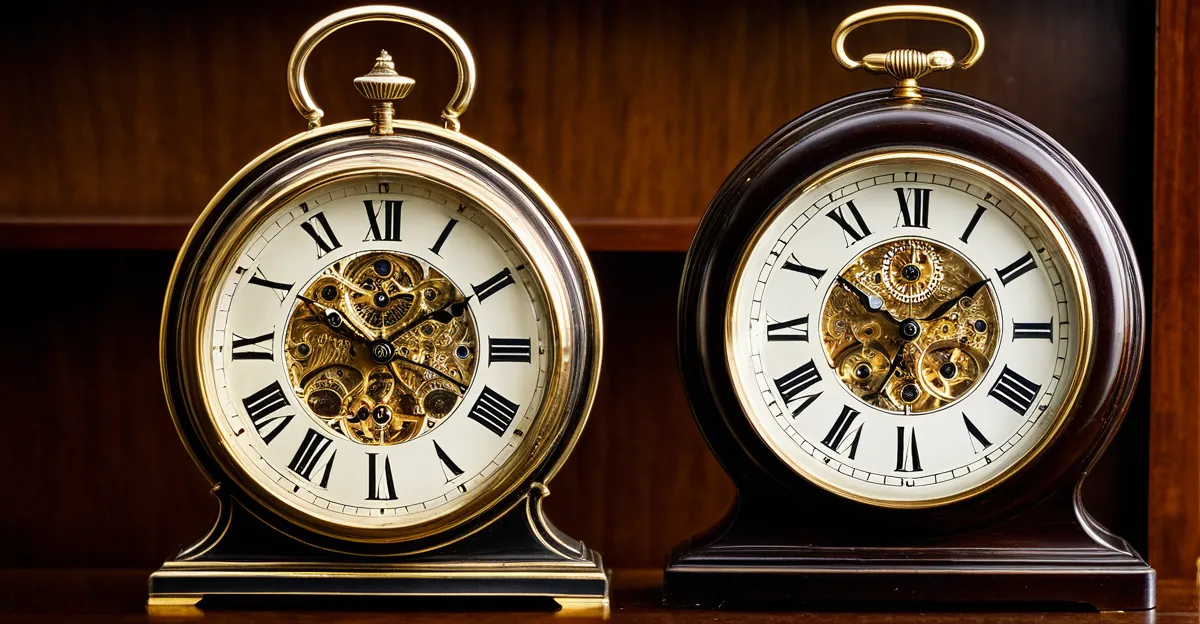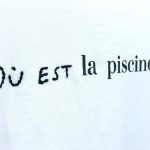Rare antique clocks capture centuries of innovation, artistry, and craftsmanship in every tick. These exquisite timepieces offer more than timekeeping—they reveal cultural stories and technological breakthroughs. Understanding their history, makers, and styles helps collectors identify authentic treasures and appreciate their enduring value. Whether seeking mantel clocks or luxury pocket watches, this guide highlights key features to navigate the refined world of rare collectible clocks.
Essential information for collectors and enthusiasts: Identifying, valuing, and sourcing rare antique clocks
Experienced collectors know that authentic rare antique clocks reveal their value through certain key features. With La Pendulerie as a trusted resource, this page outlines precise ways to spot originals: check for a maker’s mark or serial number inside the clock, examine the build quality, and review stylistic details corresponding to the claimed era. Remember, age alone does not ensure authenticity—replicas abound.
Avez-vous vu cela : What are the most effective ways to insulate a UK conservatory for all-year use?
Value hinges on several factors. The most valuable antique clocks typically come from prestigious makers, maintain original parts, and have a well-documented provenance. Condition is crucial: fully restored pieces command higher prices, while any alteration or damage can affect value. Materials—like rare woods or original gilding—also raise a clock’s desirability.
Those seeking to buy or sell can consult reputable auction houses, established dealers, or specialized online marketplaces. Detailed photos, transparent descriptions, and expert appraisals enhance trust. For personalized advice and restoration, connecting with skilled professionals—such as those found at leading galleries—can further ensure success in building a distinguished collection.
Dans le meme genre : Exquisite collectibles: top rare antique clocks to own
Historical significance, craftsmanship, and iconic makers in rare antique clocks
The evolution of rare antique clocks: from Renaissance mechanics to 19th-century innovations
Precision in rare antique clocks began with Renaissance engineering, most distinctly seen in mechanical clocks powered by weights and gears. Collectors and historians alike recognize the leap initiated by 17th-century pendulum clocks, which greatly improved accuracy. By the 19th century, intricate mechanisms such as spring regulation, repeaters, and compact carriage clocks added not only functionality but also confirmed the rapid progress in portable timekeeping.
Notable clockmakers and brands: French, English, and Swiss masterworks
Among renowned creators, French workshops like Le Roys et Fils, Barbedienne, and Deverberie are central to rare collections, prized for their interplay of technical mastery and decorative flair. English and Swiss makers also command high regard, with luxury pocket watches reflecting both precision and artistry. The maker’s signature, often engraved discreetly, serves as a vital indicator of provenance and value.
Craftsmanship and artistry: rare clock designs, decorative elements, and technical innovations
True rarity lies not just in age, but in unique materials and intricate designs. Collectible examples include Neoclassical mantel clocks adorned with classical sculpture, finely inlaid carriage clocks, and regulator clocks prized for their technical innovation. Craftsmanship is evident in hand-chased bronze mounts, enamel dials, and complex mechanical movements—hallmarks sought by knowledgeable collectors.
Ownership, restoration, and maintaining value in rare antique clocks
Appraisal, grading, and documentation for valuation and insurance
Accurate appraisal starts with identifying the clock’s maker, mechanism, and originality. Experts recommend examining internal movements for serial numbers or distinctive marks, as genuine signatures or stamps greatly influence value. Condition grading follows—pristine mechanisms, original casing, and unaltered dials command higher prices. Comprehensive documentation—including photos, provenance, and detailed descriptions of repairs—strengthens an insurance application and helps establish true market value. Insurance coverage for rare clocks is advised, and it’s wise to seek policies tailored to valuable collectibles.
Restoration best practices and trustworthy workshops
Professional restoration should respect the clock’s authentic character and materials. Only workshops with expertise in vintage clock restoration, such as those recognized for museum work, should disassemble, repair, or clean historic pieces. Restorers aim to preserve original parts when feasible, minimizing the use of new replacements. Over-restoration—excessive polishing or non-period modifications—diminishes authenticity and market appeal.
Care, maintenance, and tips to preserve authenticity and enhance resale value
Consistent, gentle care extends a clock’s life. Keep rare clocks away from direct sunlight, humidity, and dust. Regular—but non-invasive—maintenance, plus detailed records of all interventions, supports provenance and maximizes resale value. Avoid DIY repairs; instead, consider annual or biennial professional check-ups, which help address wear before it leads to costlier rare clock repair techniques.











